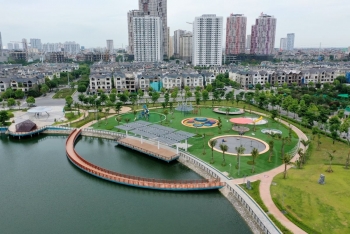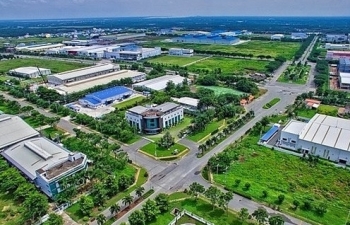Vietnamese property market to develop strongly in the next two years
He noted that over the last 25 years, even amid economic crises, Vietnam has remained among the few countries sustaining relatively fast growth, according to VOV.
Since Savills Vietnam arrived in the country, he said he has long been impressed with the local property market’s development.
Explaining its history, he cited data from the General Statistics Office showing that Vietnam’s economy grew more than 9 % in 1995 (9.54 %) and 1996 (9.34 %). Inflation, meanwhile, was curbed from 12.7 % in 1995 to 4.5 % in 1996 and 3.6 % in 1997.
The strong GDP growth made people confident about a bright economic future, which fuelled real estate prices.
The market has experienced many ups and downs, beginning an upward trend in 2000 and booming in 2001 and 2002, when GDP rose 6.79 % and 6.89 % year-on-year, respectively.
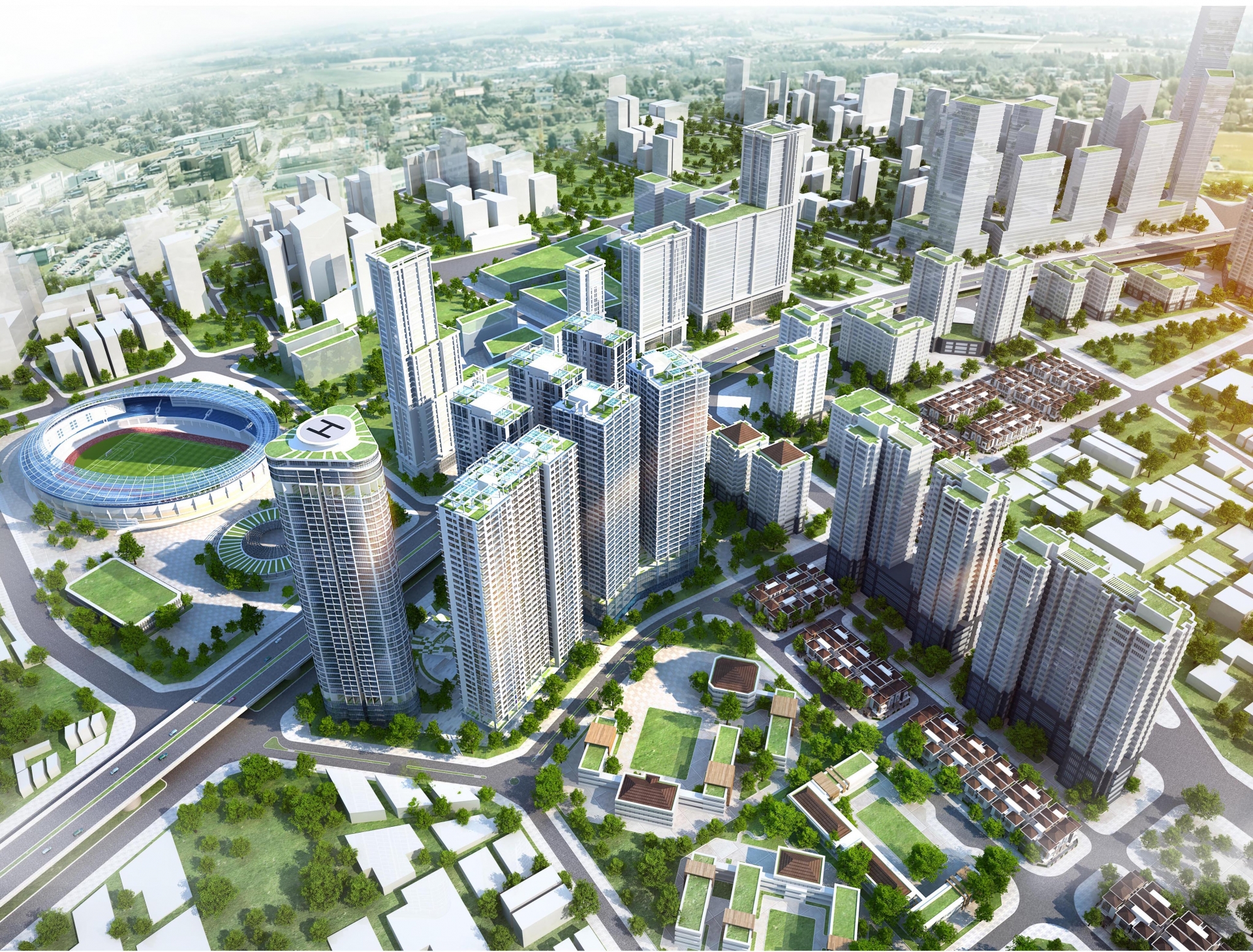 |
| (Photo: Cafeland) |
This strong development continued in 2004-2007, when foreign capital was being continually channelled into real estate and State policies boosted the market.
Both prices and transactions surged in those years, making real estate an attractive investment channel for many. During the country’s two real estate “fevers” in 2001-2003 and 2007-2008, land and housing prices rocketed to levels beyond the reach of low- and middle-income earners in major cities like Hanoi and HCM City.
The market suffered a setback from mid-2008, however, with property prices falling 30-40 % in just a short period of time, with inventory in 2012 surpassing VND100 trillion (US$4.3 billion) at current exchange rates). Many real estate businesses faced bankruptcy, while galloping inflation prompted the central bank to tighten monetary policy.
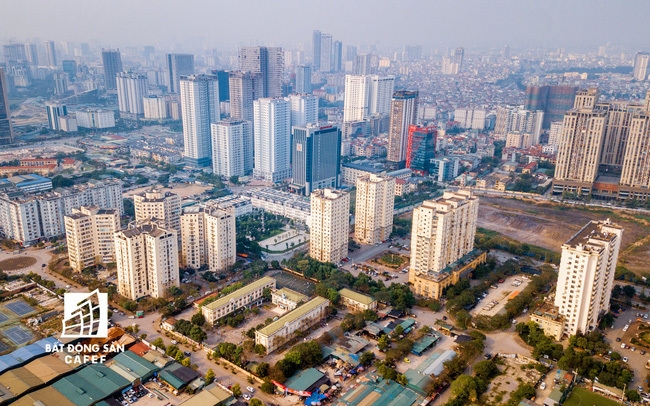 |
| (Photo: Real estate) |
Since 2012, State agencies have issued multiple policies and stimulus packages to attract investment and tackle difficulties in the property sector, facilitating improvements in the market.
In particular, he went on, developers of social housing and low-cost commercial apartments benefited from reduced financial obligations, while a credit package of VND30 trillion that provided loan to low-income earners to buy houses helped the local market rebound.
The market has also witnessed a boom in the high-end and resort segments, which has helped give a facelift to localities with geographical and natural advantages, like Ba Ria-Vung Tau, Da Nang, Thanh Hoa, Quang Ninh, and Hai Phong.
Vietnam has been one of the fastest growing countries in the region since 2018. The World Bank recently predicted GDP growth of 3 % and that the economy will recover relatively quickly in 2021, at 6.8 %.
CEO Savills Vietnam the country’s real estate market has been “tested” over the course of 25 years and will easily weather the trying times caused by COVID-19 and move faster forward.
He admitted that the pandemic will last until the end of 2020 and case many difficulties and storms for the real estate market. But this expert also believes that the real estate market still has a chance to recover and develop again in the period of 2021-2022, thanks to great and timely determination of the Government, reported by VnExpress.
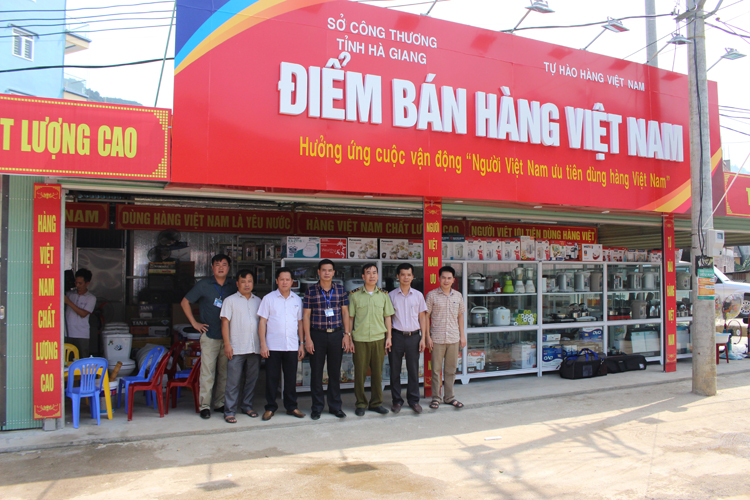 | Vietnamese goods make up high proportion of domestic supermarket system Domestically produced goods account for 80-90% of goods sold at supermarket systems run by domestic retail groups. |
 | Samsung leads Vietnamese smartphone market Samsung raised its market share 33% in the second quarter to become the largest smartphone brand in Vietnam. |
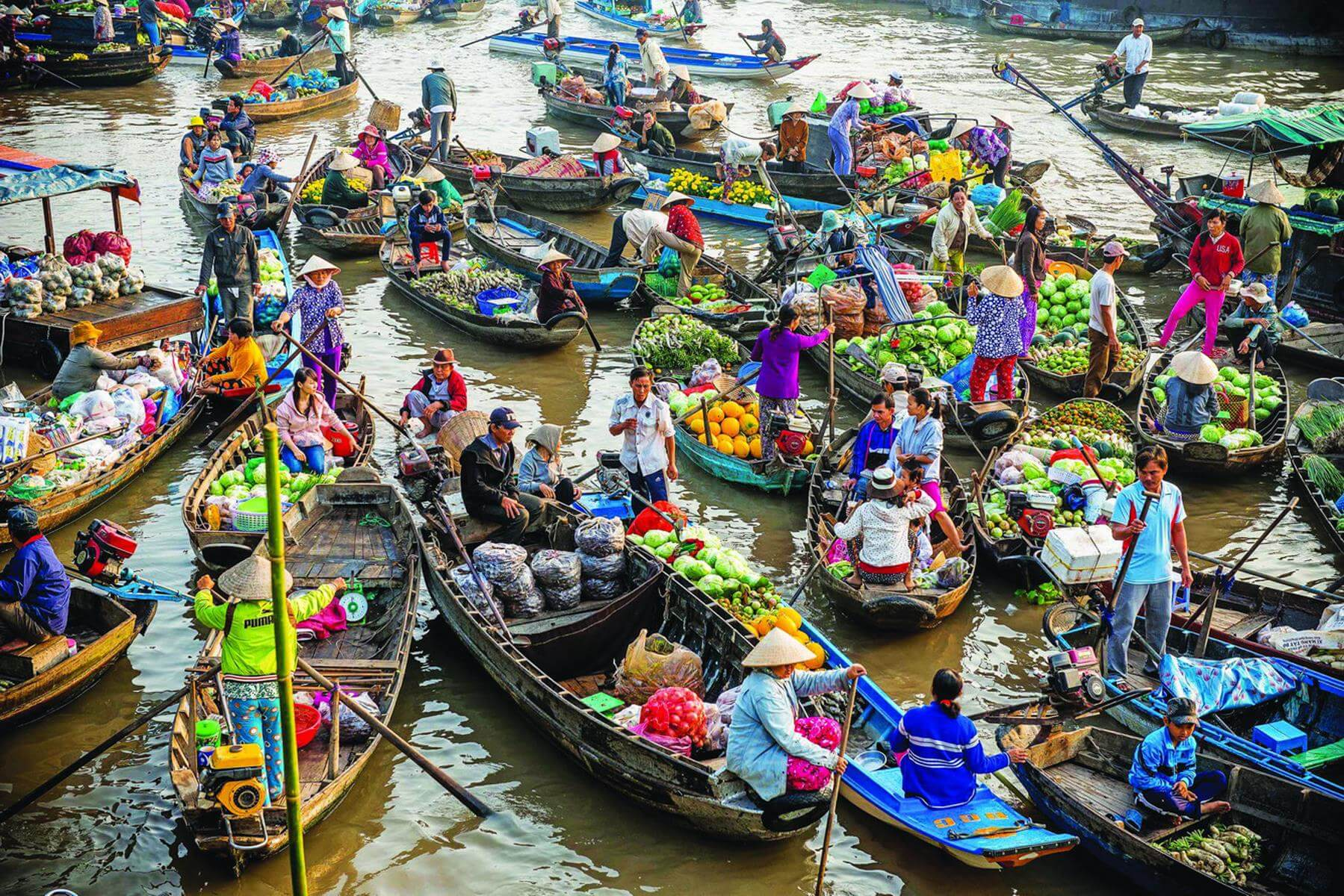 | Floating markets, exceptional cultural features of Vietnam’s Mekong Delta The floating markets in the Mekong Delta are not only the places of trade but they also represent the unique customs and habits of Western ... |
Recommended
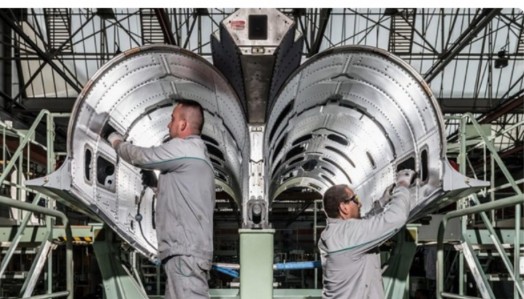 Economy
Economy


